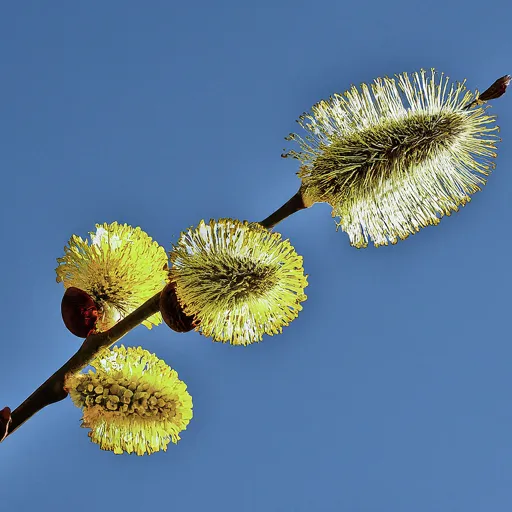Exploring the Liliaceae Plant Family: My Journey into Nature’s Treasures
As an avid plant enthusiast, I’ve often found myself captivated by the beauty and diversity of the Liliaceae plant family. This family, commonly known as the lily family, has a rich history and includes a fascinating array of genera. My journey into this world began with a simple fascination for lilies and grew into a broader appreciation for the myriad plants that share this family.
A Brief Introduction to Liliaceae
The Liliaceae family comprises a variety of flowering plants, primarily known for their striking blooms and bulbous structures. This family is often associated with ornamental gardening, but its members also play vital roles in ecosystems and traditional medicine. From the elegance of true lilies (Lilium) to the unique attributes of other genera, the Liliaceae family offers something for every plant lover.
Genera of Liliaceae Family
In my exploration, I’ve encountered numerous genera that have left a lasting impression on me.
- Lilium: This is perhaps the most recognizable genus within the family. True lilies boast stunning flowers that come in various colors and sizes. I remember planting a few varieties in my garden, and watching them bloom was nothing short of magical. – 121 Species in Genus Lilium
- Tulipa: Tulips are another iconic genus. They symbolize spring, bringing vibrant color to gardens. I’ve experimented with different tulip varieties, and each year, I’m amazed at how they transform my landscape. – 97 Species in Genus Tulipa – Tulip Flower
- Gagea: Often overlooked, Gagea species are small, delicate plants that thrive in various habitats. I stumbled upon them during a hike, and their subtle beauty caught my eye.
- Fritillaria: Known for their unique, bell-shaped flowers, Fritillaria species have an intriguing charm. I’ve tried growing Fritillaria meleagris, or the snake’s head fritillary, and was delighted by its distinct checkered petals. – 164 Species in Genus Fritillaria
- Medeola: Known as Indian cucumber-root, Medeola is a lesser-known genus. I was intrigued by its interesting growth habit and edible tubers.
- Amana Honda – 10 Species in Genus Amana
- Calochortus Pursh – 79 Species in Genus Calochortus – Mariposa Lilies – Fairy Lanterns
- Cardiocrinum (Endl.) Lindl.
- Clintonia Raf. – 5 Species in Genus Clintonia
- Erythronium L. – 33 Species in Genus Erythronium
- Notholirion Wall. ex Boiss.
- Prosartes D.Don
- Scoliopus Torr.
- Streptopus Michx.
- Tricyrtis Wall. – 24 Species in Genus Tricyrtis
Each offers unique characteristics that contribute to our understanding of plant evolution and ecology.
The Ecological Significance of Liliaceae
The Liliaceae family plays a crucial role in various ecosystems. Many members are key food sources for pollinators, such as bees and butterflies. I often find myself observing the busy pollinators flocking to my flowering lilies and tulips, reinforcing the connection between these plants and wildlife.
Moreover, some genera have medicinal properties. For instance, species within the genus Allium have been used for their health benefits for centuries. My interest in herbal remedies has led me to explore the properties of these plants, finding both culinary and medicinal applications.
Cultivation and Care
Growing members of the Liliaceae family can be rewarding but requires some attention. I’ve learned that different genera have varying light, water, and soil requirements. For instance, while tulips thrive in well-drained soil and full sun, some Fritillaria species prefer partial shade.
I’ve enjoyed experimenting with different planting techniques, including bulb planting in the fall and layering for continuous blooms throughout spring and summer. My garden has become a testament to the beauty and versatility of the Liliaceae family.
Conclusion: A Lifelong Passion
As I reflect on my journey through the Liliaceae family, I am reminded of the joy and beauty that plants bring into our lives. Each genus has its own story, its own charm, and its own role in the ecosystem. Whether it’s the regal lily, the cheerful tulip, or the humble Gagea, I find endless inspiration in their diversity.
My exploration of the Liliaceae family continues to deepen my appreciation for nature’s wonders. I encourage anyone with an interest in plants to delve into this family and discover the beauty that awaits. With a little curiosity and care, you can cultivate a garden that showcases the incredible diversity of the Liliaceae family, enriching your life in the process.
If i die, water my plants!



